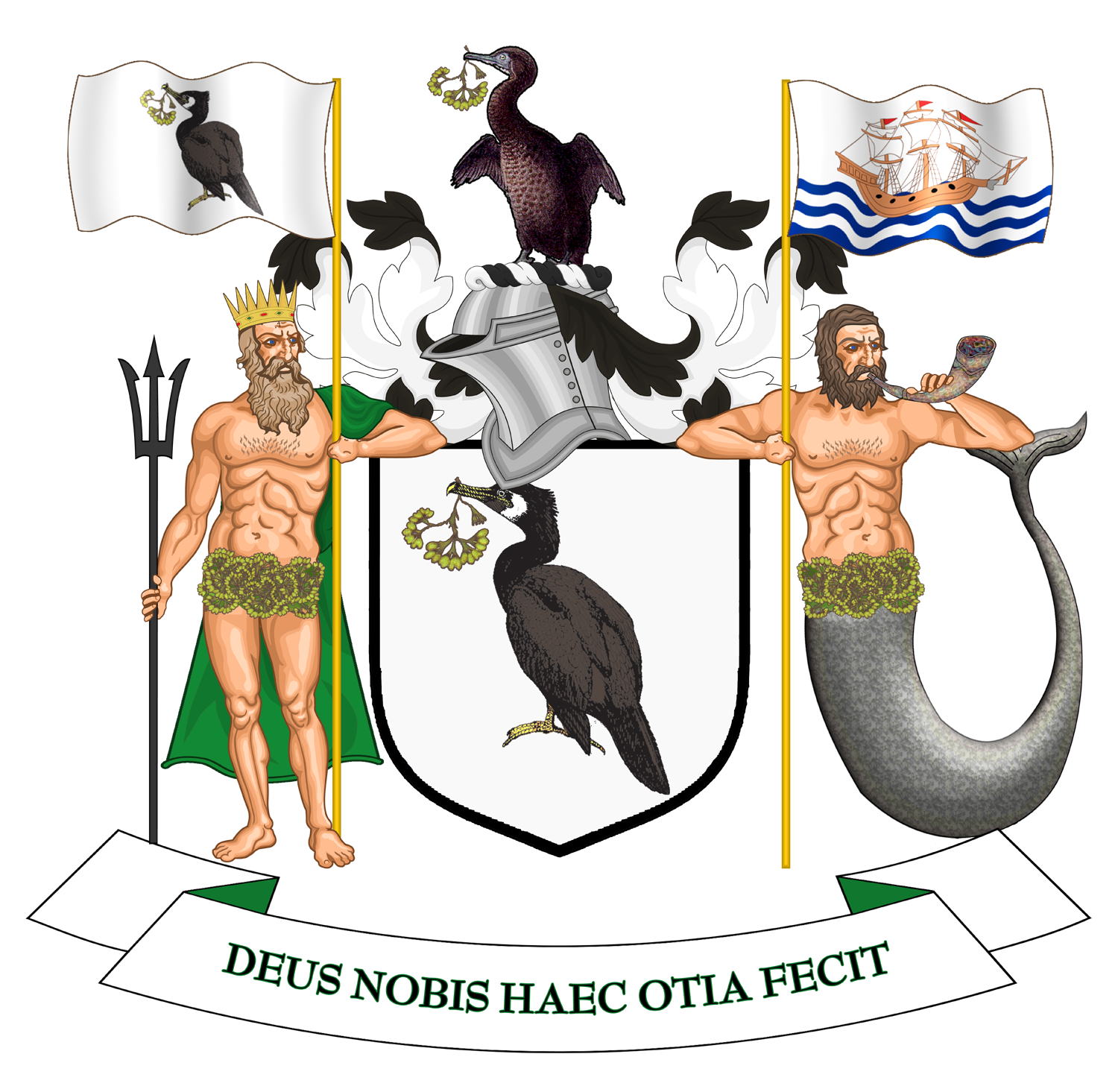A post about cormorants, as we come across more and more ghost islands when sailing in the archipelago. Cormorants in Sweden are as in most places not liked much as where they settle, fishes tend to decrease dramatically, and they pretty much destroy the island they live on. In other part of the world, the guano they produce is used as natural fertilizers, and therefore cormorants have a very important role in the local economy. In other places, they were and still are used for fishing, by recovering large fishes in their throat, after having attached a lace at the base of their neck for preventing them from swallowing their catch!
 |
| A cormorant island on the eastern fairway from Stockholm. |
Approaching the island gets scary as they make a lot of noise, and the smell is terrible.
Cormorants do not have oil to cover their feathers, and therefore, they get wet when in the water. As a consequence, cormorants do not float over the water, but rather swim in the water, having only their neck and head above the water line. However, this allows them to dive easily and deep when chasing fishes, down to 45 metres. In addition, they are getting cold rapidly in the water because of the direct contact of the water on their skin, and therefore need a lot of energy to maintain temperature. A cormorant eats almost half a kilo of fish everyday!
Cormorans are often depicted with their wings spanned, which is a way to dry their feathers, get heat, while favouring the digestion.
They chase fishes as a very well organised pack of cormorans. Their hunting behaviors has ben compared to wolves.
In blazonry, cormorants are rarely used. They tend to represent overseas travel. But you do find them, as in the blason of the Liverpool city council: "Argent a Cormorant in the beak a Branch of Seaweed called Laver all proper."
 |
| Source: Wikimedia |








No comments:
Post a Comment